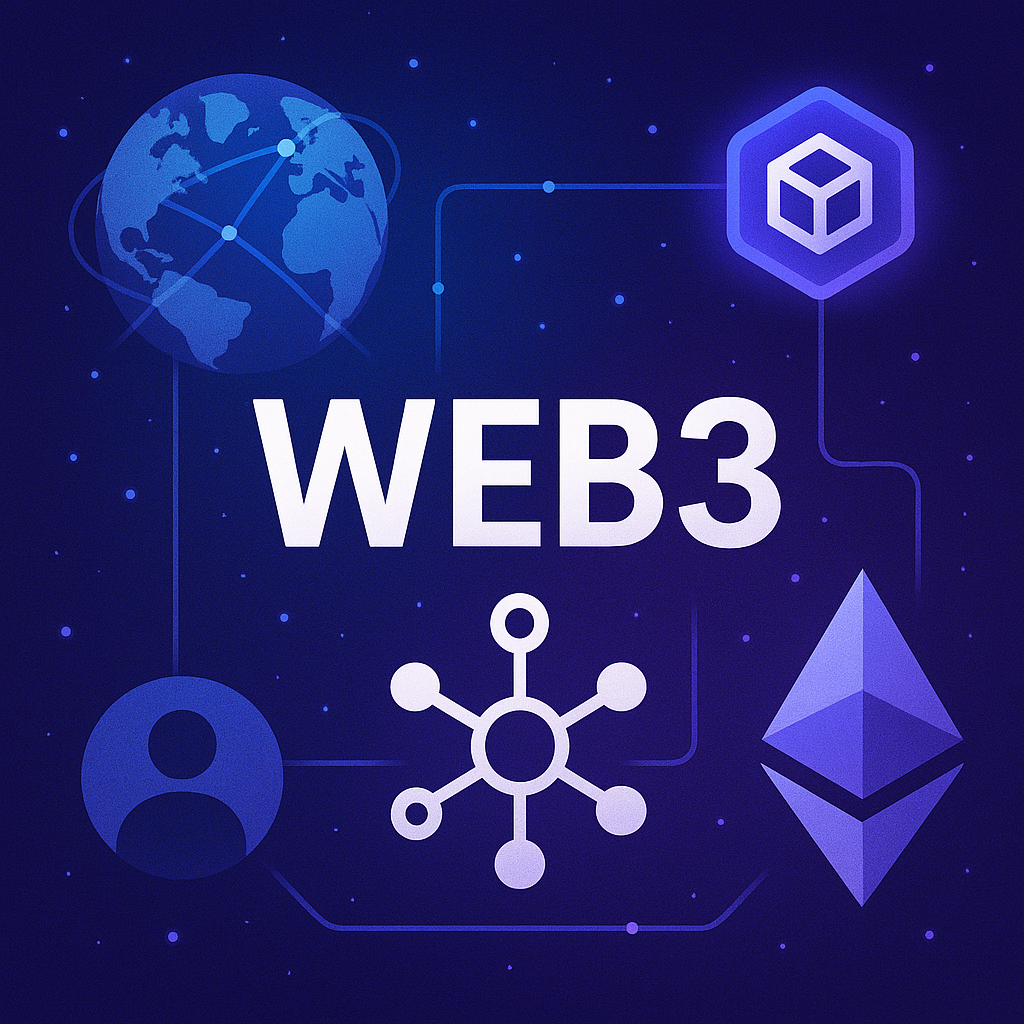As the digital world evolves, a new movement is reshaping how we think about the internet: Web3. Unlike today’s centralized web (Web2), where major platforms control data and content, Web3 is built on blockchain technology, aiming to give power back to users and creators.
What Is Web3?
Web3 is the next generation of the internet. It’s decentralized, permissionless, and trustless—meaning:
- Users control their data (via digital wallets and decentralized IDs).
- No central authority dictates access or content.
- Smart contracts automate transactions and governance.
Core Technologies Behind Web3
- Blockchain: The foundational layer for transparency and security.
- Smart Contracts: Self-executing code that runs on blockchains.
- DAOs (Decentralized Autonomous Organizations): Community-driven governance models.
- NFTs (Non-Fungible Tokens): Unique digital assets that prove ownership.
- Decentralized apps (dApps): Apps that run without intermediaries.
How Web3 Is Impacting Industries
- Finance (DeFi): Peer-to-peer lending, staking, and trading without traditional banks.
- Gaming: Play-to-earn economies and true ownership of in-game assets.
- Social Media: Platforms where users control and monetize their content.
- Art & Music: Artists sell directly to fans with royalties built into NFTs.
Challenges to Overcome
- Scalability: Current blockchains struggle with high traffic.
- User Experience: Still complex for non-tech-savvy users.
- Regulation: Governments are catching up to decentralized models.
Why It Matters
Web3 represents a shift in digital power—from big tech to individuals. It’s still early, but businesses and developers that explore Web3 now could gain a major edge as the ecosystem matures.

